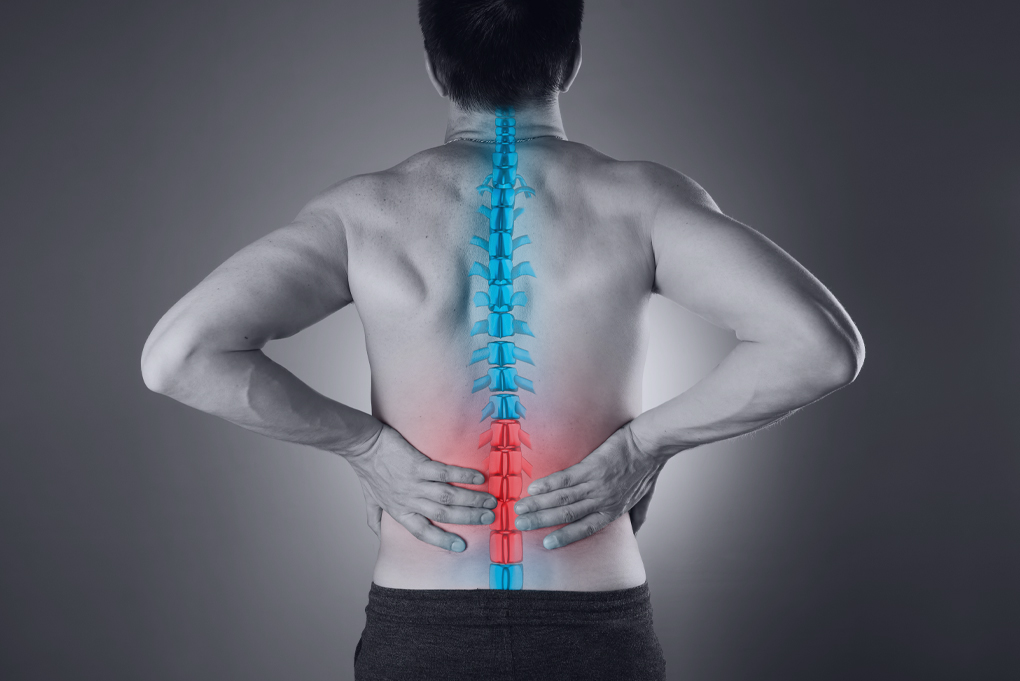About Osteoarthritis
Osteoarthritis is extremely common in aging adults, and is the most common form of arthritis. Per the name, this form is characterized by damage to almost any joint in the body, and subsequent bony growths as the joint tries to stabilize itself. These growths are called “bone spurs,” and as the name suggests, can produce pain of the affected area.
The most common locations of osteoarthritis include the knees, hips, and spine, but will also regularly present in the hands; especially in patients with more manually demanding lifestyles. Diagnosis is typically made by x-ray, and can be identified even before patients experience symptoms of this disease.

About Osteoarthritis
Osteoarthritis is extremely common in aging adults, and is the most common form of arthritis. Per the name, this form is characterized by damage to almost any joint in the body, and subsequent bony growths as the joint tries to stabilize itself. These growths are called “bone spurs,” and as the name suggests, can produce pain of the affected area.

The most common locations of osteoarthritis include the knees, hips, and spine, but will also regularly present in the hands; especially in patients with more manually demanding lifestyles. Diagnosis is typically made by x-ray, and can be identified even before patients experience symptoms of this disease.
How is Osteoarthritis managed?
NSAID pain relievers are typically the primary course of management for pain associated with osteoarthritis. Strong opioids are usually not recommended, but less potent options may be used in some cases. Therapeutic injections may also be considered, such as steroids and hyaluronic acid injections. These can take some time to see the effects, but should provide lasting relief. Additional braces or supports may also be used to help reduce the impact of daily life on a patient’s skeletal system. In cases where these options prove inadequate, a severely arthritic joint may be a candidate for arthroplasty or joint-replacement. These are commonly performed for the hips and knees, and generally have a good prognosis.
![dr ronjon paul md (1020x681px) - how is [condition] managed? https://paulspine.com/wp-content/uploads/2021/01/dr-ronjon-paul-md-1020x681px-how-is-condition-managed.jpg](https://paulspine.com/wp-content/uploads/2021/01/Dr-Ronjon-Paul-MD-1020x681px-How-is-condition-managed.jpg)
![dr ronjon paul md (1020x681px) - how is [condition] managed? https://paulspine.com/wp-content/uploads/2021/01/dr-ronjon-paul-md-1020x681px-how-is-condition-managed.jpg](https://paulspine.com/wp-content/uploads/2021/01/Dr-Ronjon-Paul-MD-1020x681px-How-is-condition-managed.jpg)
How is Osteoarthritis managed?
NSAID pain relievers are typically the primary course of management for pain associated with osteoarthritis. Strong opioids are usually not recommended, but less potent options may be used in some cases. Therapeutic injections may also be considered, such as steroids and hyaluronic acid injections. These can take some time to see the effects, but should provide lasting relief. Additional braces or supports may also be used to help reduce the impact of daily life on a patient’s skeletal system. In cases where these options prove inadequate, a severely arthritic joint may be a candidate for arthroplasty or joint-replacement. These are commonly performed for the hips and knees, and generally have a good prognosis.
![dr ronjon paul md (1020x681px) - how is [condition] diagnosed? https://paulspine.com/wp-content/uploads/2021/01/dr-ronjon-paul-md-1020x681px-how-is-condition-diagnosed.jpg](https://paulspine.com/wp-content/uploads/2021/01/Dr-Ronjon-Paul-MD-1020x681px-How-is-condition-diagnosed.jpg)
How is Osteoarthritis diagnosed?
In most cases, x-rays will be satisfactory to determine if a person has osteoarthritis. Osteoarthritis can usually be diagnosed by x-ray even in patients with little symptomatic presentation.
![dr ronjon paul md (1020x681px) - how is [condition] diagnosed? https://paulspine.com/wp-content/uploads/2021/01/dr-ronjon-paul-md-1020x681px-how-is-condition-diagnosed.jpg](https://paulspine.com/wp-content/uploads/2021/01/Dr-Ronjon-Paul-MD-1020x681px-How-is-condition-diagnosed.jpg)
How is Osteoarthritis diagnosed?
In most cases, x-rays will be satisfactory to determine if a person has osteoarthritis. Osteoarthritis can usually be diagnosed by x-ray even in patients with little symptomatic presentation.








